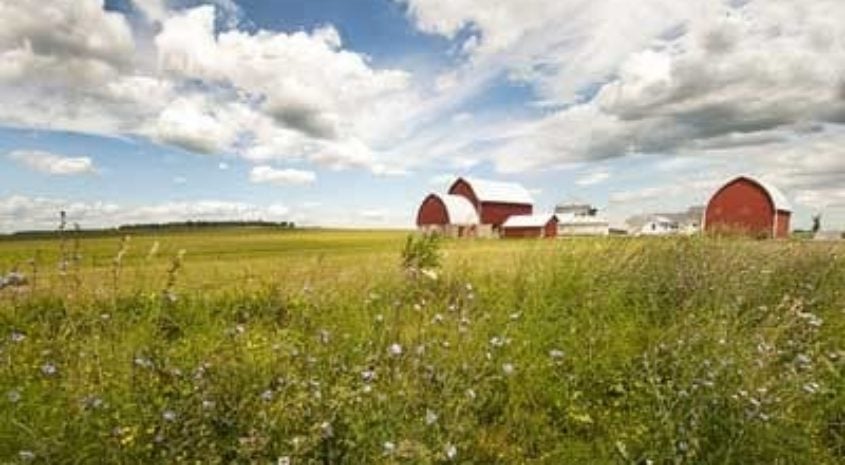The Conservation Reserve Program (CRP) had its genesis within the Food Security Act of 1985. CRP offers a 10 – 15 year contract between the USDA and eligible land owners. The program provides a payment to the owner for enrolling the land in the program. The program’s objective is to take land that may be less productive, or land that is environmentally compromised and give it a natural makeover. These objectives make the CRP program a win-win for land owners and conservation.
If you are thinking about buying land or you currently own unproductive or compromised land, CRP would be an excellent option to consider. CRP helps the landowner in 4 ways:
- It takes unproductive/compromised land out of production, erosion reduction
- Allows the land owner to develop wildlife habitats
- Air quality benefit
- Provides a higher rate of return on less productive marginal crop land than what the crop itself could provide
- Provides a source of cash flow
Getting off to a good conservational start will not only benefit your land now, but also in the future. CRP is a win-win for land owners and conservation. Check out this informational YouTube video on CRP.
THE BASICS
This contract basically pays the land owner to give rest to and return cropland to its natural state. During this 10 – 15 year period land owners cultivate a supportive habitat through the planting of trees, grasses, wildflowers, and other complimentary plant life. All for the benefit of the environment and wildlife.
“The Conservation Reserve Program (CRP) was established in the 1985 Farm Bill and has been reauthorized in every farm bill since. No program in history has done more for landscape-level conservation of soil, water and wildlife habitat on farmland, while offering producers a significant and stable source of income.”
DUCKS UNLIMITED WEBSITE ARTICLE “CRP- CONSERVATION RESERVE PROGRAM”:
FIRST STEPS
Now that you have a basic understanding of CRP, your next step is to call your local USDA office. By clicking on this USDA link, it will guide you to a United States map where you can click on the state you reside in.
From there you will see on your left hand a “Related Topics”, slide down and click on “County Offices”, this will lead you to a map of counties in your state. Find your county and click on it.
Once you have clicked on your county, you will be given your local FSA service center address, phone, and the name of the County Executive Director. You’ll want to get in touch with the district conservationist.
In the meantime you can print off this USDA pdf document about the CRP program as well as going the National Sustainable Agriculture Coalition website for more information.
WHAT TO EXPECT
Generally, your phone call will get you an appointment with the district conservationist. At that point you will review the land you own and acres you wish to put into CRP.
Your conservationist will have you fill out an application and go over the many programs that are available. Here are just a few of the many programs initiatives (taken from the USDA CRP Initiative website) that are available:
- Bottomland Hardwood Trees Initiative(PDF 1.33 MB)
- Duck Nesting Habitat Initiative(PDF 1.25 MB)
- Floodplain Wetlands Initiative(PDF 1.24 MB)
- Highly Erodible Lands Initiative(PDF 2.02 MB)
- Honey Bee Habitat Initiative(PDF 629 KB) – Updated July 2017
- Longleaf Pine Initiative(PDF 838 KB) – Updated July 2017
- Non Floodplain Wetlands Initiative(PDF 1.13 MB)
- Pollinator Habitat Initiative(PDF 1.16 MB)
- State Acres for Wildlife Enhancement (SAFE) Initiative(PDF 495 KB) – Updated July 2017
- Upland Bird Habitat Buffer Initiative(PDF 448 KB) – Updated July 2017
- Practice CP12 Wildlife Food Plot(PDF 1.22 MB)
- Practice CP15A Contour Grass Strips(PDF 882 KB)
- Practice CP16A Shelterbelt Establishment(PDF 1.82 MB)
- Practice CP17A Living Snow Fences(PDF 937 KB)
The CRP program is a win-win for land owners and conservation. With its many CRP initiatives to choose from, there is certainly something that will compliment your land ownership objectives.


